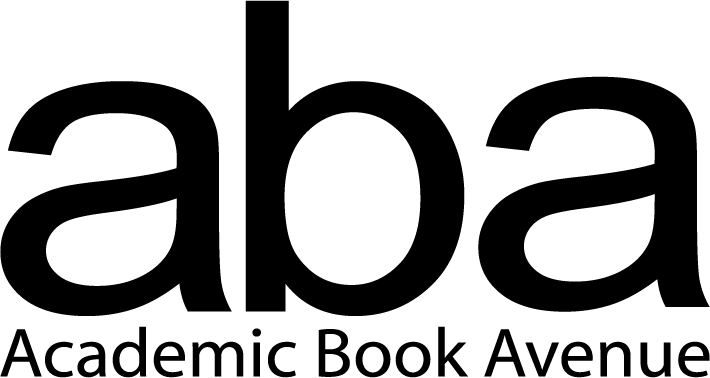Personal Finance, Pearson New International Edition, 6th Edition
- Regular price
- RM 147.00
- Sale price
- RM 147.00
- Regular price
-
RM 147.00
Share
Arthur J. Keown
For introductory Personal Finance course
Through the presentation of the Ten Fundamental Principles of Personal Finance, this text empowers students with the knowledge they need to successfully make and carry out a plan for their own financial future.
Features
For introductory Personal Finance course
Through the presentation of the Ten Fundamental Principles of Personal Finance, this text empowers students with the knowledge they need to successfully make and carry out a plan for their own financial future.
The Ten Principles of Personal Finance: Throughout the text, each chapter touches back on the fundamental Ten Principles of Personal Finance introduced in Chapter 1 and demonstrates to students how these principles apply to specific situations.
The Personal Finance Workbook: Each new copy of the text is accompanied by a Personal Finance Workbook that contains tear-out worksheets to encourage step-by-step analysis of the decisions examined in the text. Used to assign homework assignments or as a student study guide, every worksheet is also available electronically on the book website. Along with a section on how to use a financial calculator, the workbook also includes:
Your Financial Plan: Guides the student, through a series of exercises that utilize the worksheets, to generate a very basic financial plan to explore where they are today, where they will want to be, and what they need to do to get there.
Easy-to-follow Advice: The proactive checklists, which appear throughout the text, serve as a useful learning tool for students. These boxes identify areas of concern and emphasize key questions to ask when buying a car, getting insurance, investing in mutual funds, and performing other personal finance.
Money Matters: Money Matters Boxes, written by Marcy Furney, contain complementary advice from a certified financial planner.
Table of Contents
Part 1: Financial Planning
Chapter 1: The Financial Planning Process
Chapter 2: Measuring Your Financial Health and Making a Plan
Chapter 3: Understanding and Appreciating the Time Value of Money
Chapter 4: Tax Planning and Strategies
Part 2: Managing Your Money
Chapter 5: Cash or Liquid Asset Management
Chapter 6: Using Consumer Loans: The Role of Planned Borrowing
Chapter 7: Using Credit Cards: The Role of Open Credit
Chapter 8: The Home and Automobile Decision
Part 3: Protecting Yourself with Insurance
Chapter 9: Life and Health Insurance
Chapter 10: Property and Liability Insurance
Part 4: Managing Your Investments
Chapter 11: Investment Basics
Chapter 12: Securities Markets
Chapter 13: Investing in Stocks
Chapter 14: Investing in Bonds and Other Alternatives
Chapter 15: Mutual Funds: An Easy Way to Diversify
Part 5: Life Cycle Issues
Chapter 16: Retirement Planning
Chapter 17: Estate Planning: Saving Your Heirs Money and Headaches





